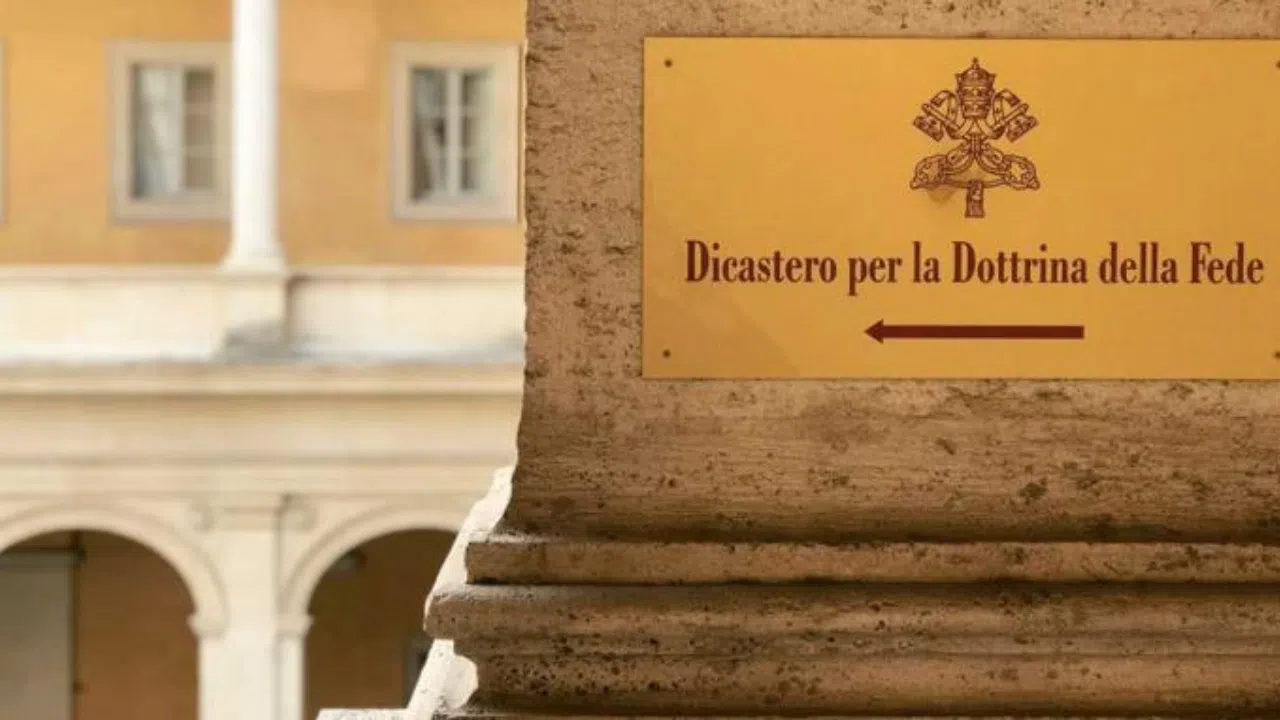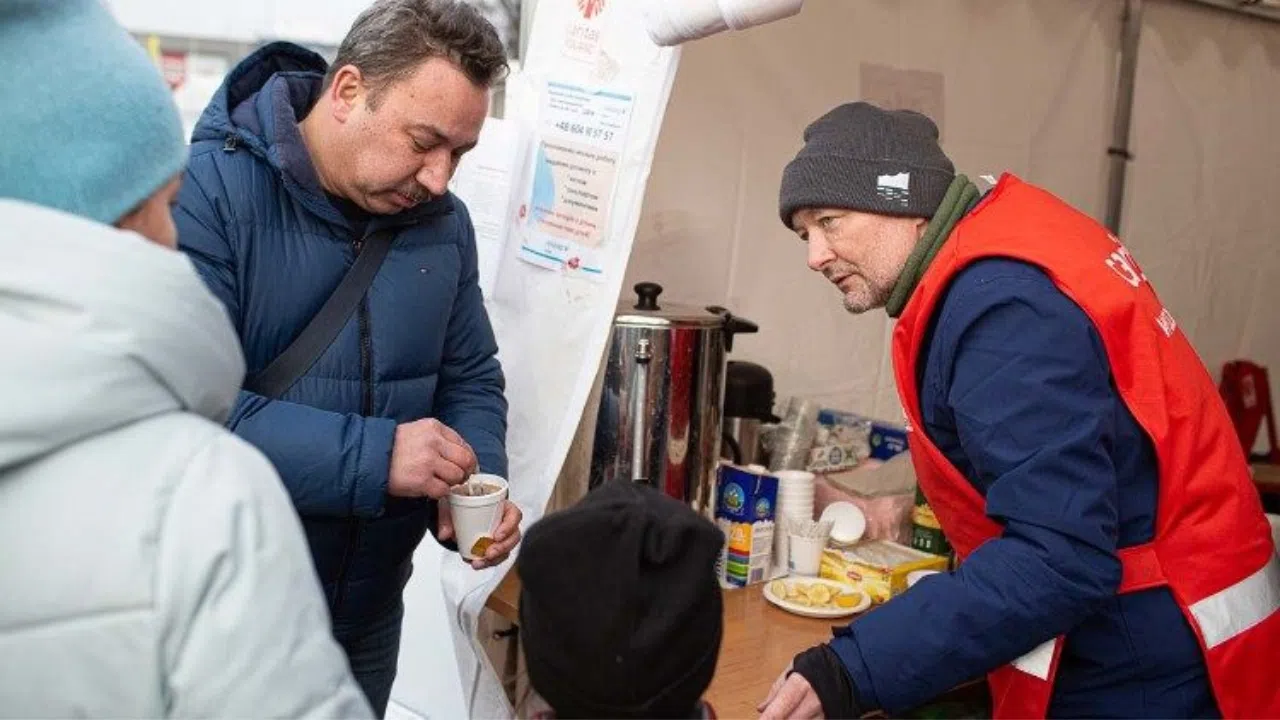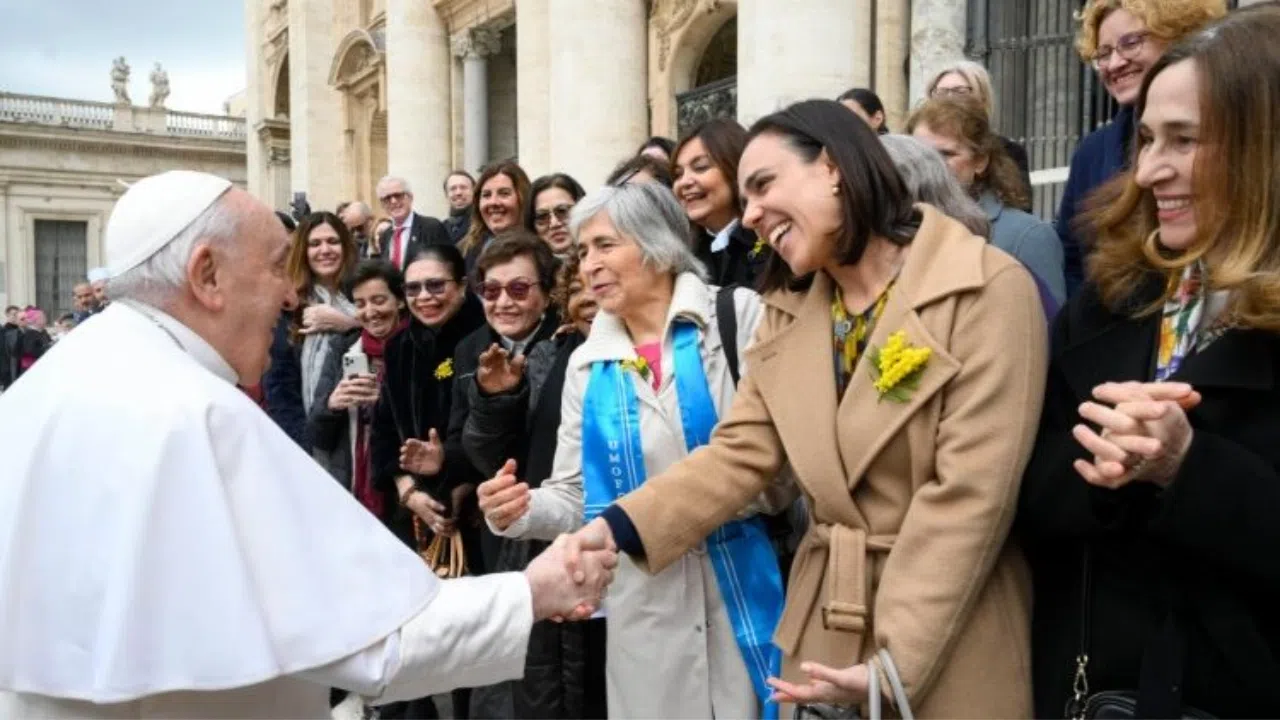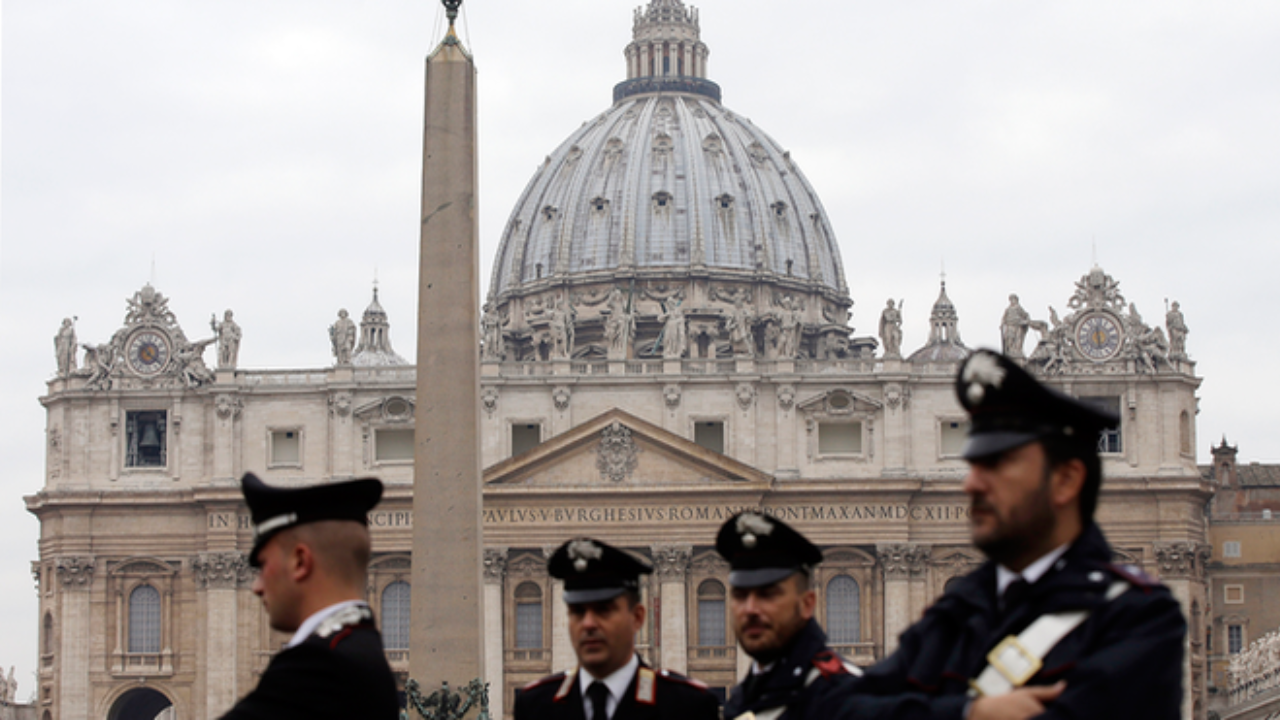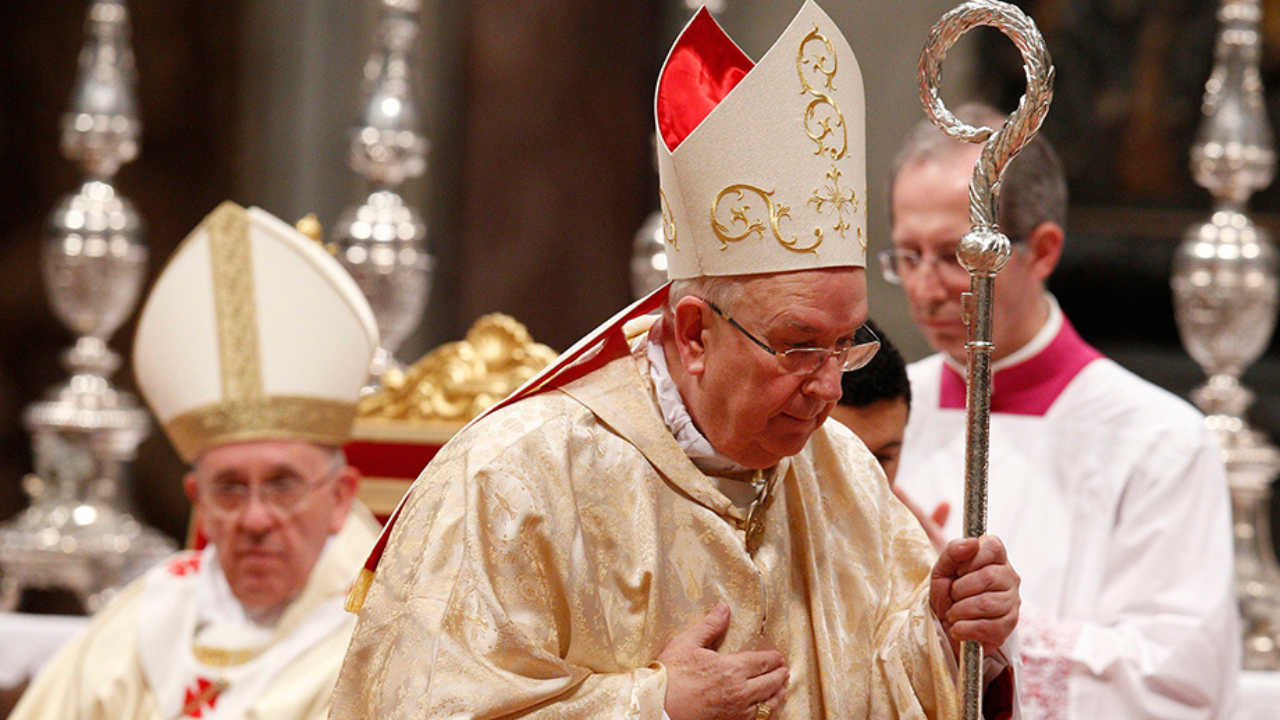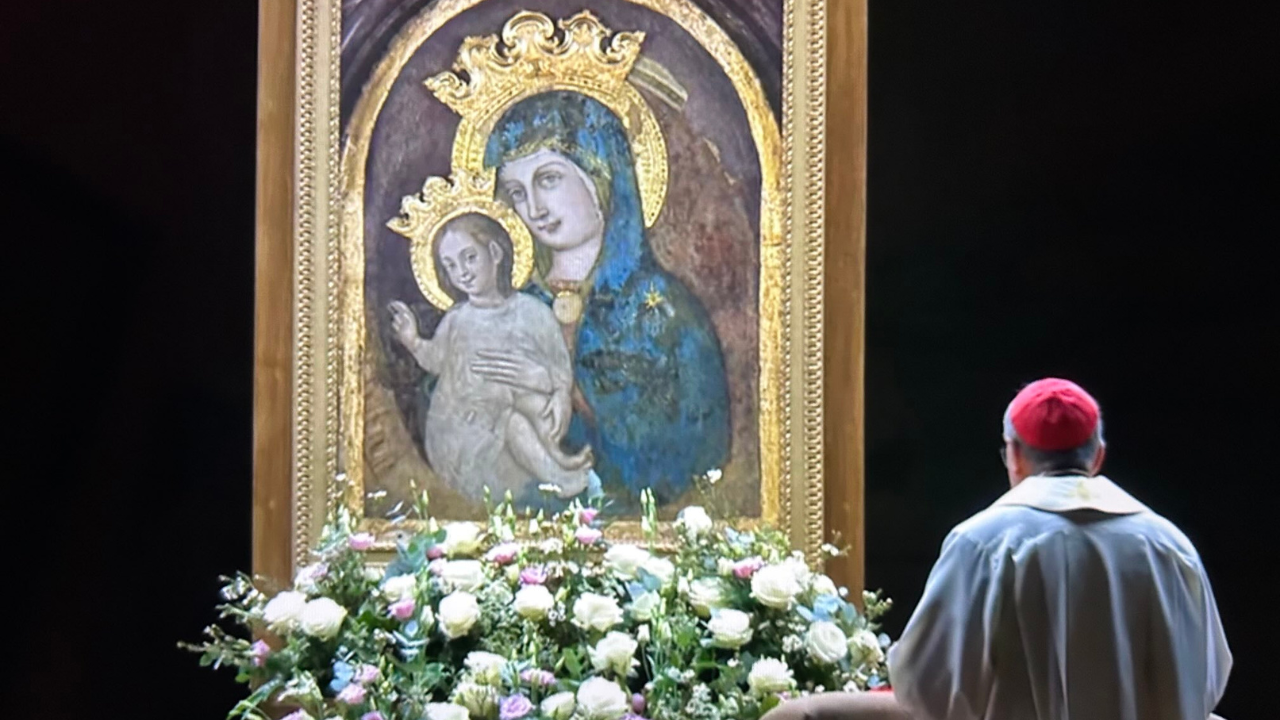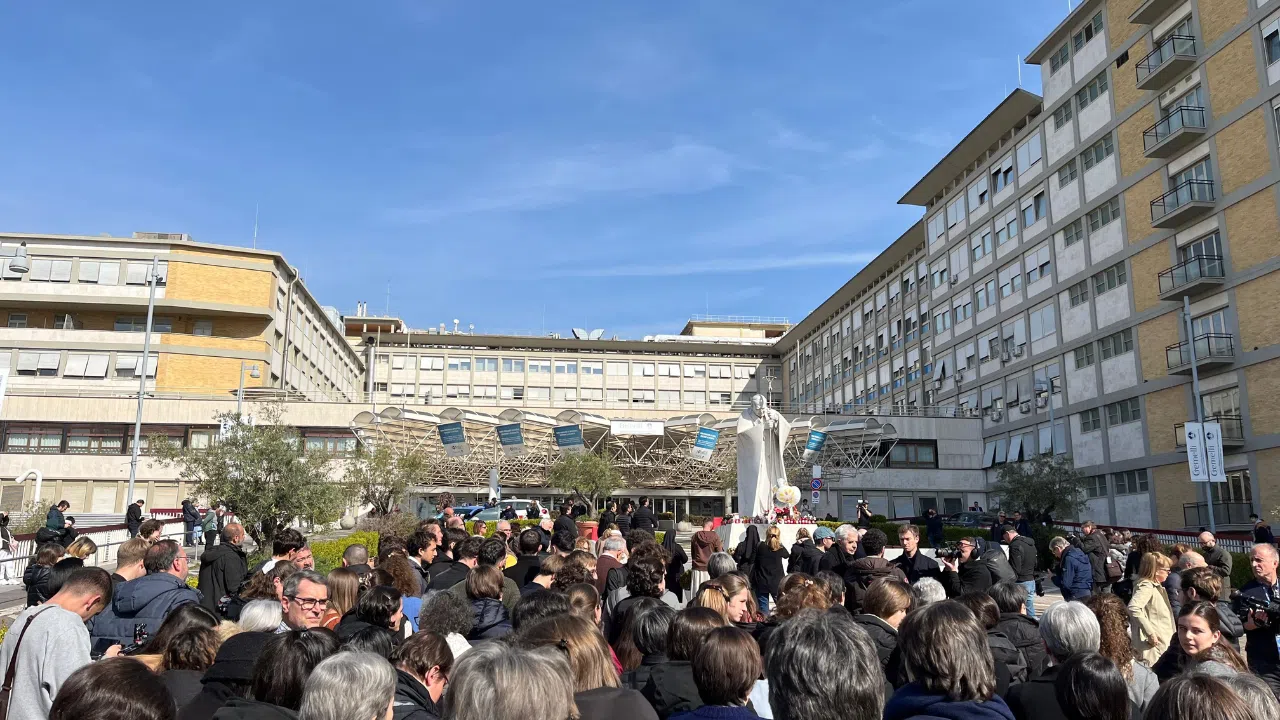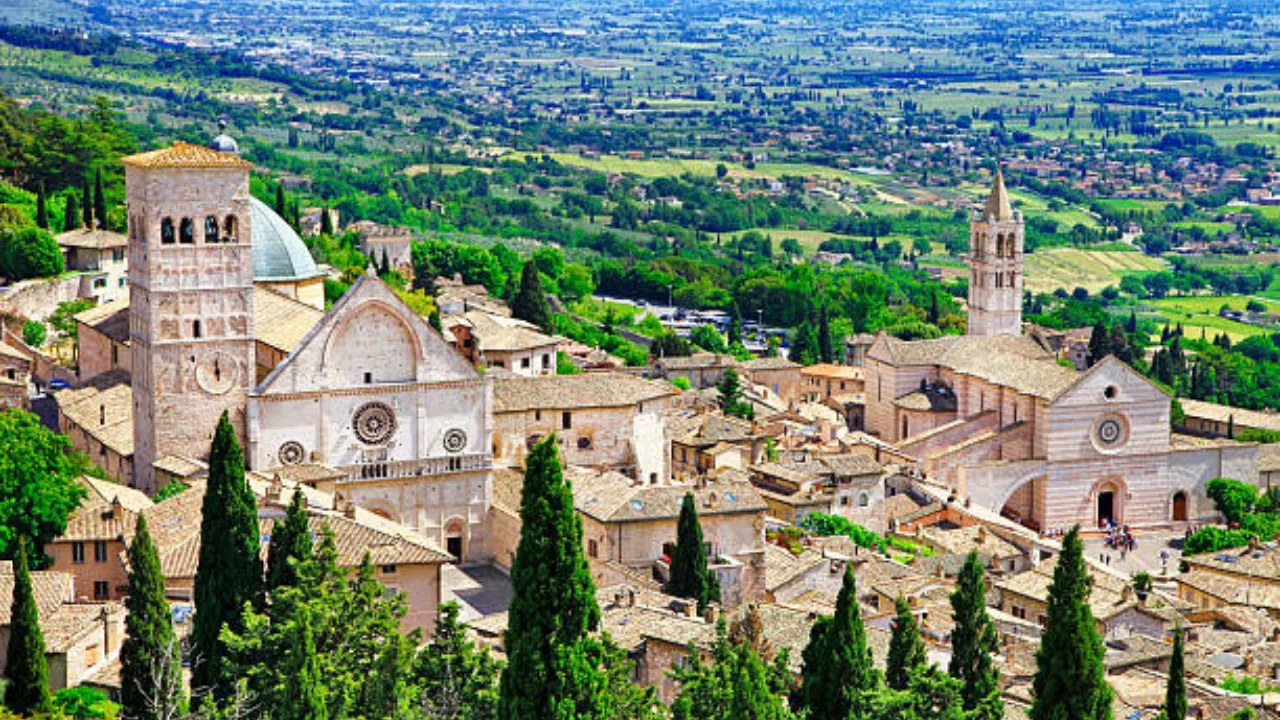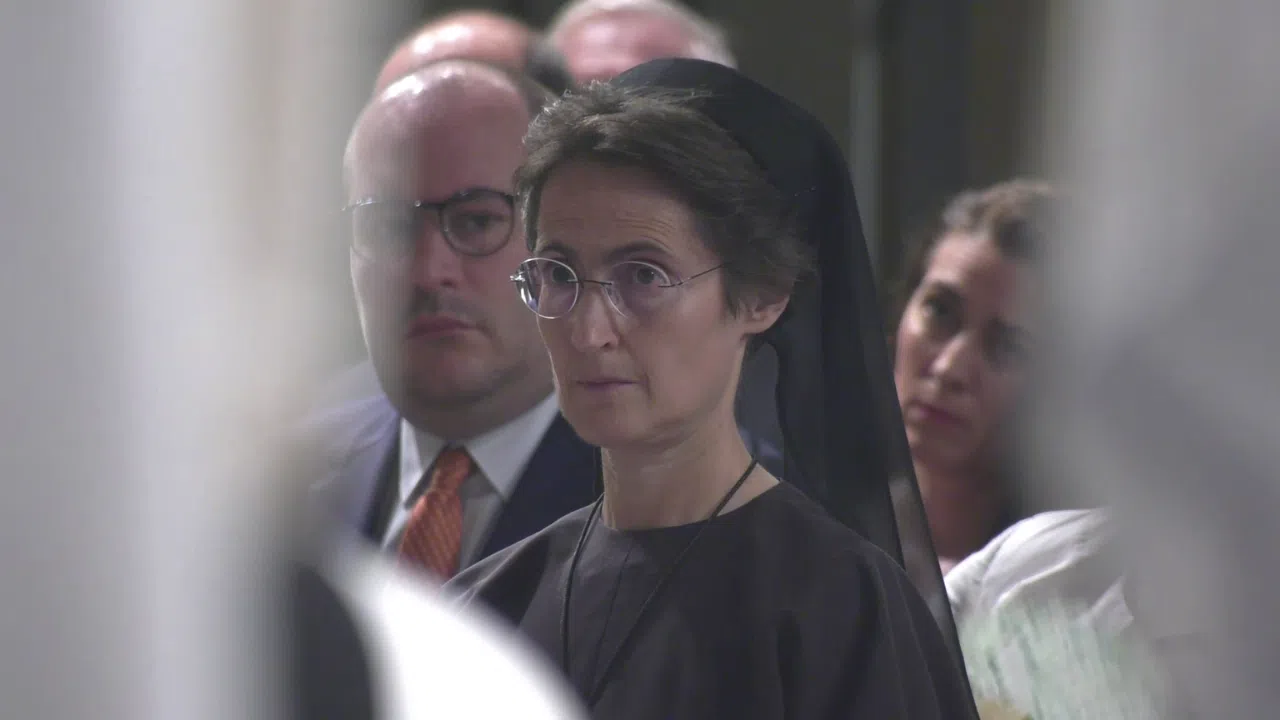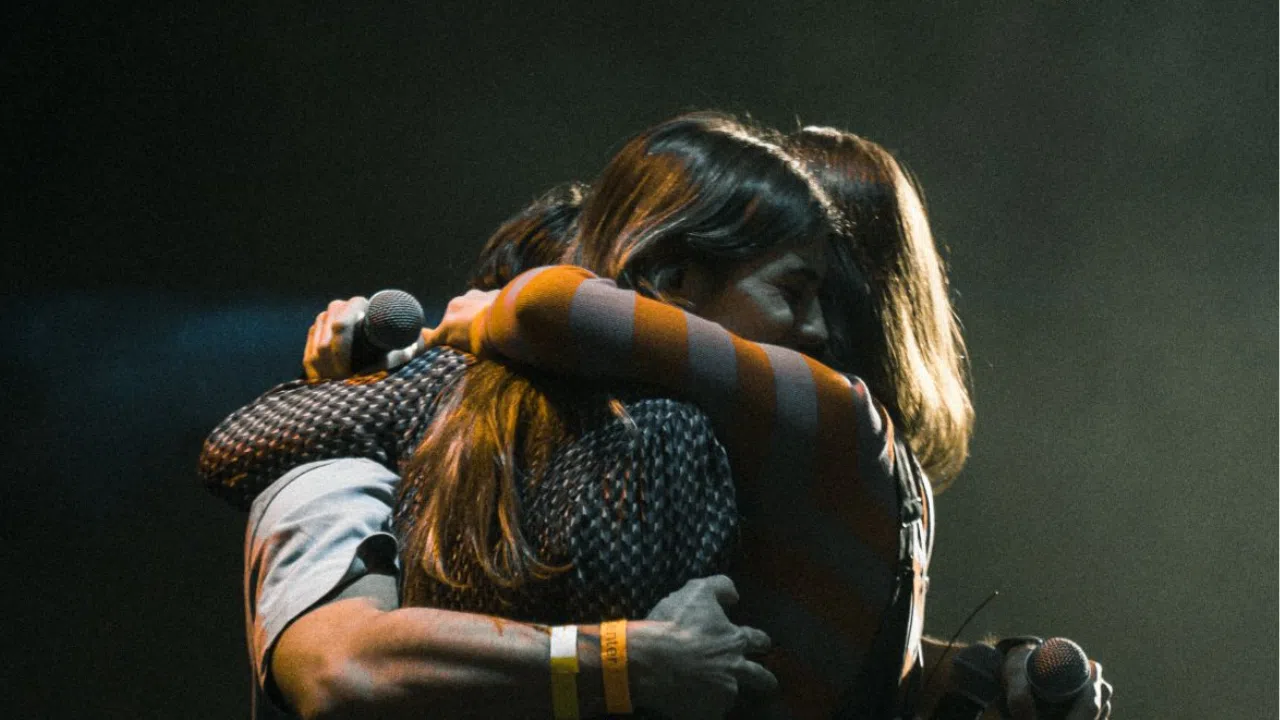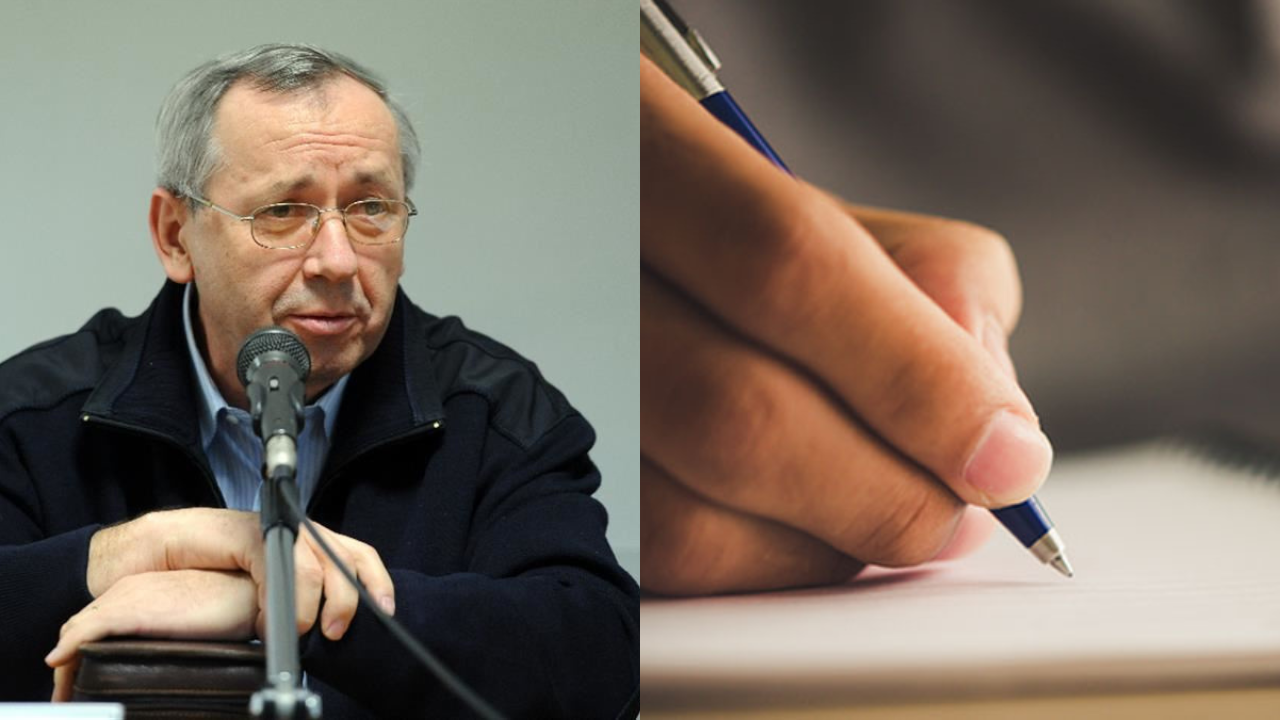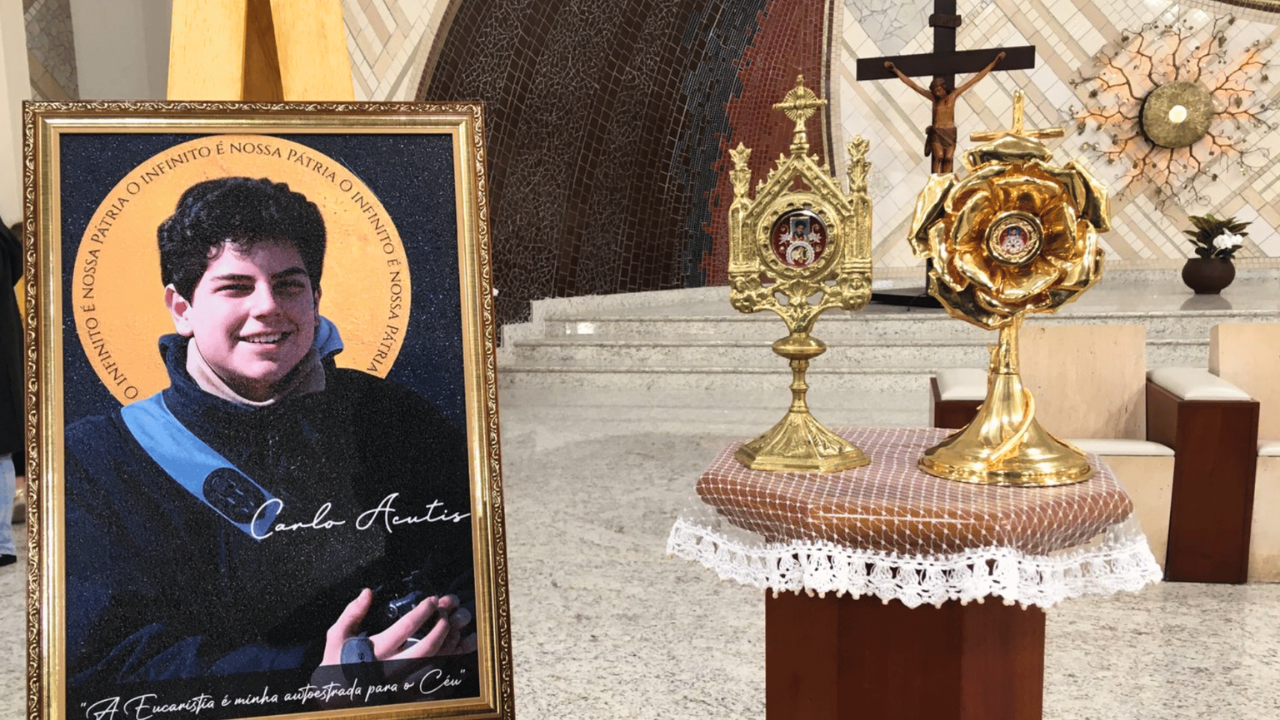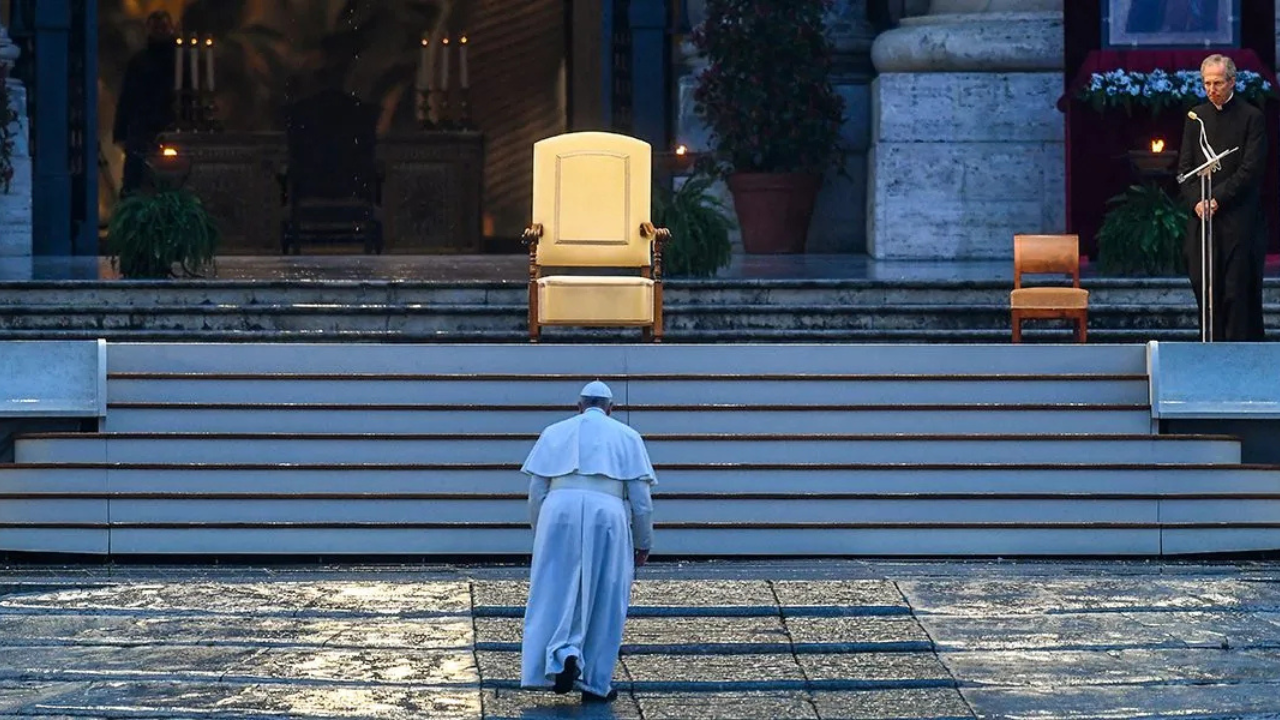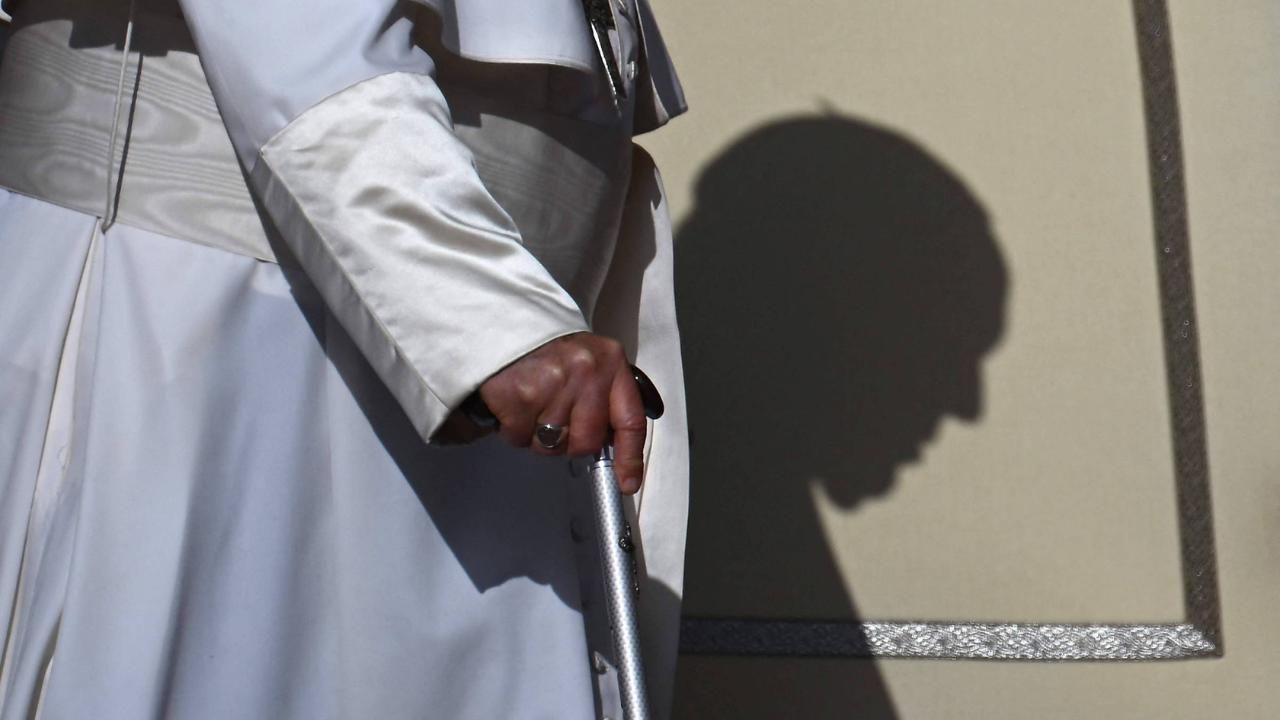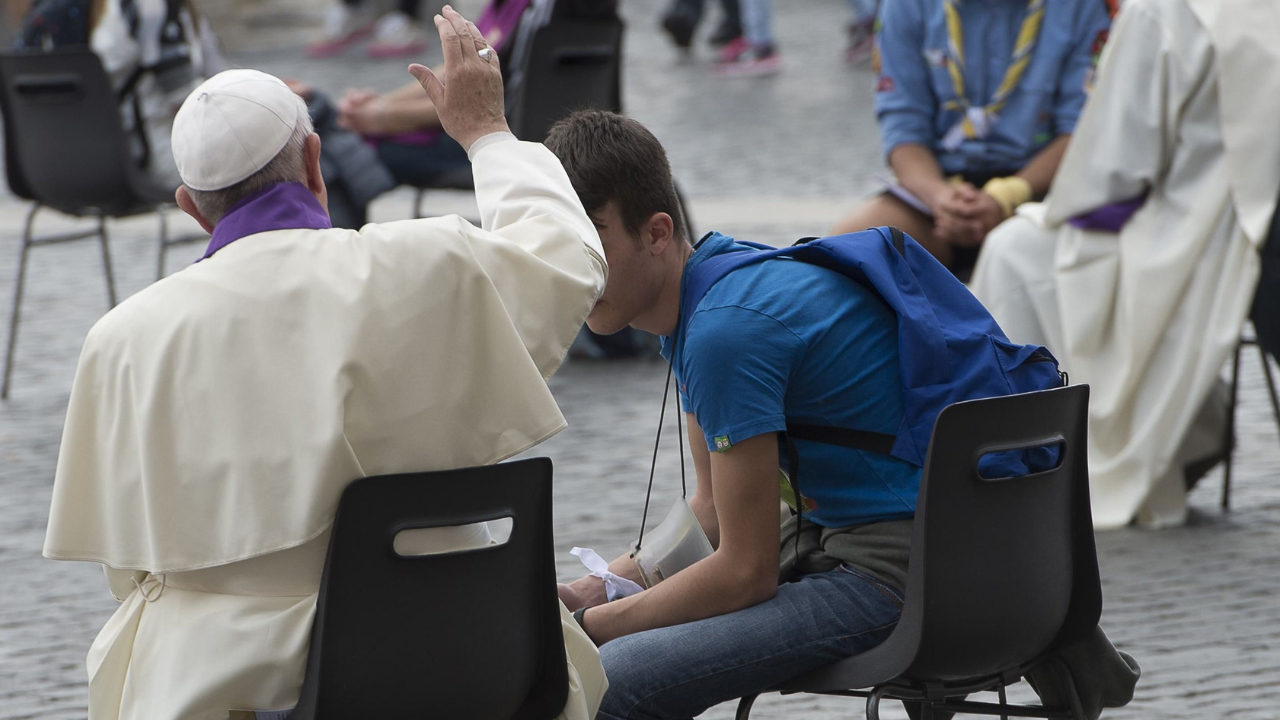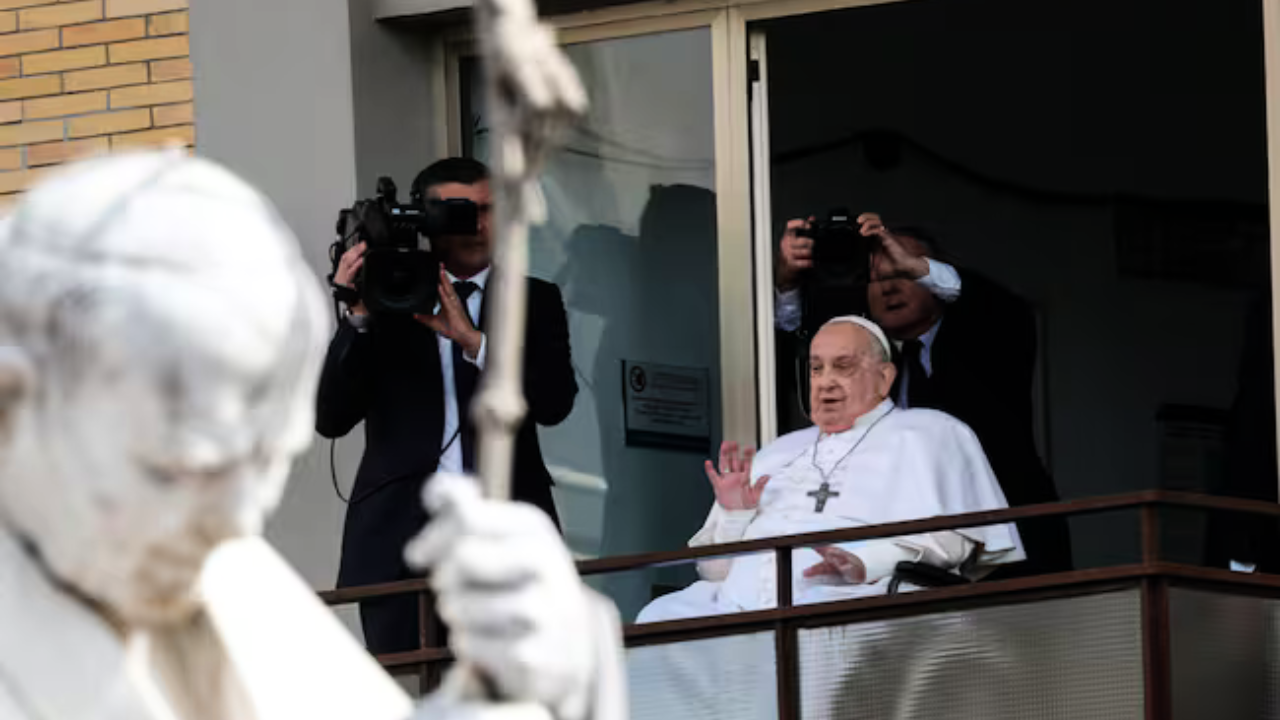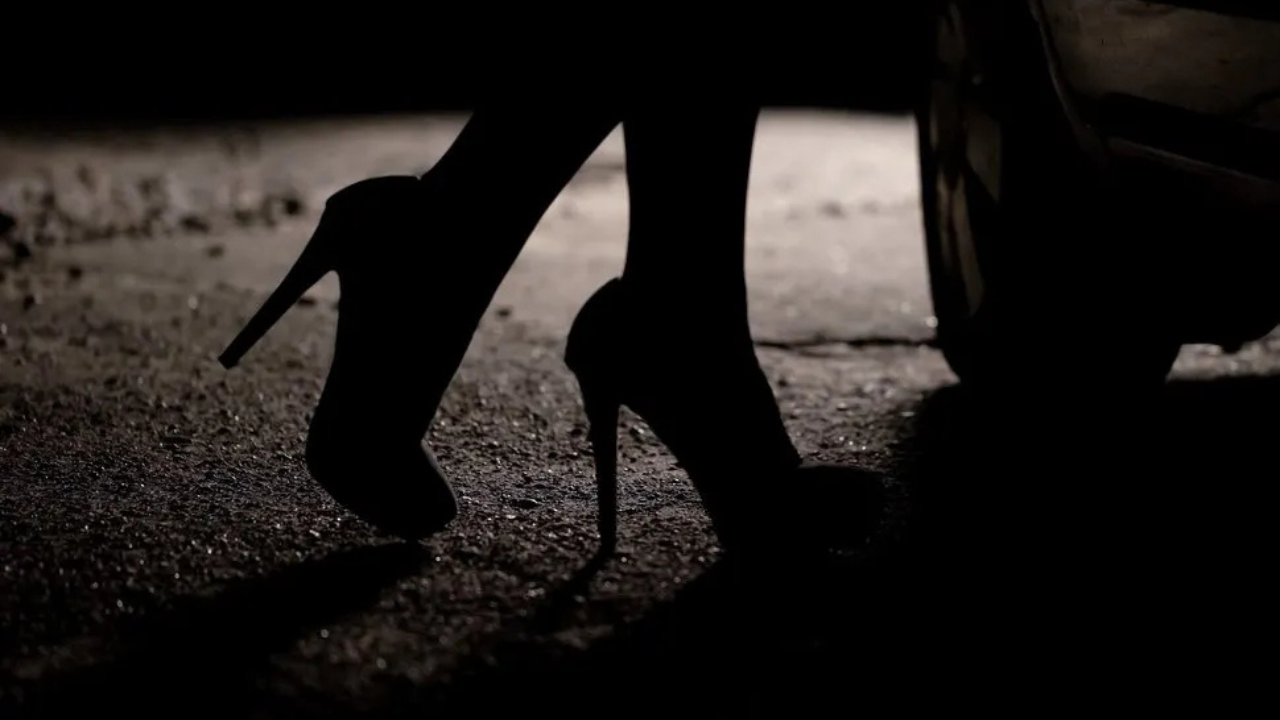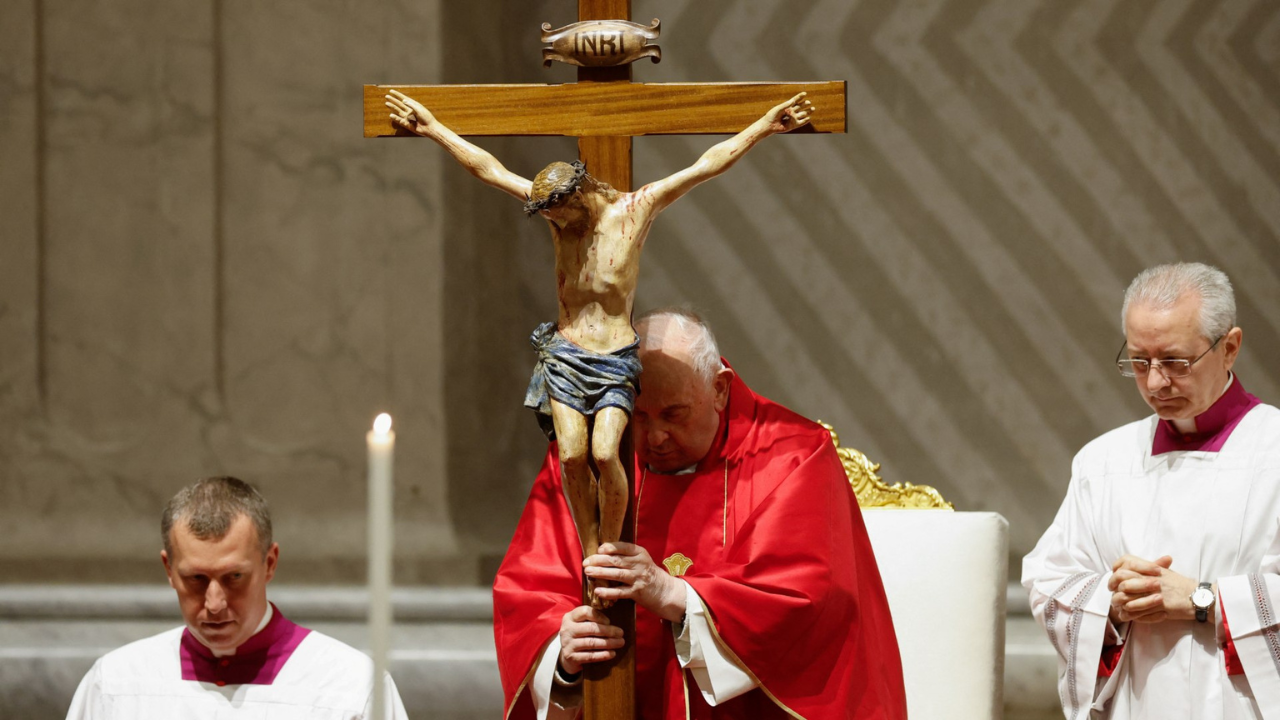Between these images from Europe, and these others from Asia, there is a distance of about 5,000 miles. However, both reflect the same difficulties.
In the last three weeks, more than 400,000 Rohingya have had to cross the Myanmar border into Bangladesh to escape persecution. Sixty percent of them are children. However, the neighboring country is stopping them from entering, and thousands remain trapped at the border.
This Muslim minority is considered to be an invader by the Burmese government, even though they have been there for decades. The government is denying them their fundamental rights, and what began as legal harassment has turned into armed attacks, reported by the UN.
ANTÓNIO GUTERRES
UN Secretary General
“Aid activities by UN aid agencies and international non-governmental organizations have been disrupted. I call on the Myanmar authorities to suspend military action, end the violence, uphold the rule of law, and recognize the right of return of all those who had to leave the country.”
The Rohingya’s rebellion against this situation received a military response from Myanmar. Violence continues to escalate, and this will be the setting that will greet Pope Francis at the end of November; one of the most dramatic on the planet at this time.
This situation is continuing under the mandate of leader Aung San Suu Kyi, a 1991 Nobel Peace Prize winner. The Burmese politician, who visited the pope last May 4, announced her intention to manage humanitarian efforts and be in charge of security in the country. However, various public figures and humanitarian organizations have been critical of her passivity toward the suffering of the Rohingya people.

